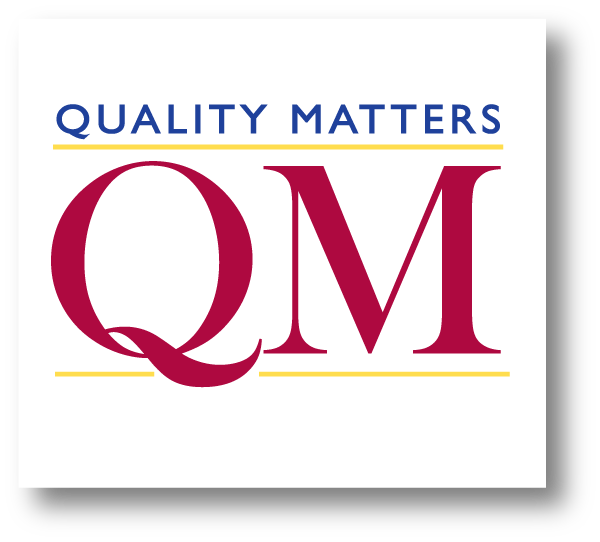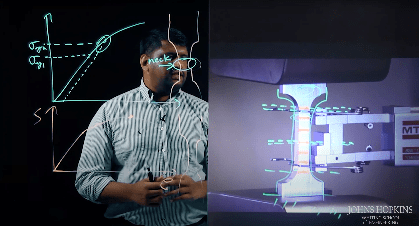There are many factors that impact the quality of instruction, ranging from aspects like course delivery to faculty readiness. The quality assurance and course support team focuses primarily on the learning design aspect of instructional quality. Learning design is all the planning that goes into a course before it is offered.
Quality Assurance Process
The quality assurance (QA) process is integrated into CTLD’s systematic course design and development process. To guarantee quality, there are quality control checkpoints in our QA process:
- Prototype Module Design Quality Review
- Final Course Design Quality Review
- Module Quality Control (Function and Style)
- Program Leadership Reviews (Prototype, Midpoint, and Final)


Quality Benchmarks
The quality benchmarks are based on the Quality Matters™ (QM) higher education rubric. QM is a nationally recognized, research based, peer review program for the continuous improvement of asynchronous, synchronous, and hybrid online courses. QM’s 44 and WSE’s 4 specific review standards fall within eight areas called general standards. These standards are interspersed throughout our systematic course design and development process. The QM General Standards are:
- Course Overview and Introduction
- Learning Objectives
- Assessment and Measurement
- Instructional Materials
- Learning Activities and Learner Interaction
- Course Technology
- Learner Support
- Accessibility
Quality and Accessibility
Accessibility is an integral component of course design quality. CTLD values equitable and accessible learning experiences for all learners. We have experts available to help create accessible materials and courses to meet the Johns Hopkins University Digital Accessibility Guidelines. Our goal is to make course accessibility as easy as possible by closely collaborating with faculty. All instructional materials undergo a rigorous accessibility review and remediation process according to the World Wide Web Consortium’s (W3C) Web Content Accessibility Guidelines version 2.1, Level AA.

